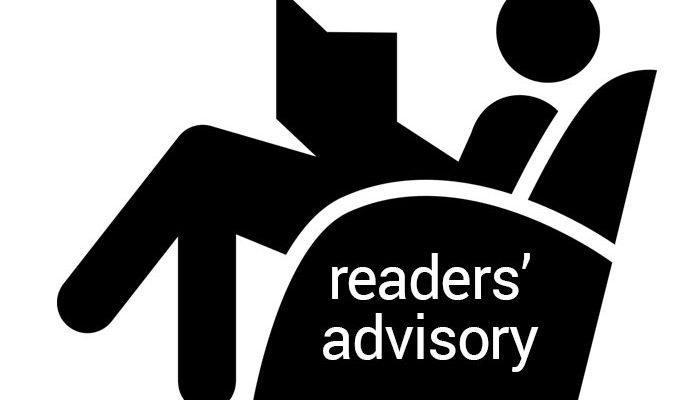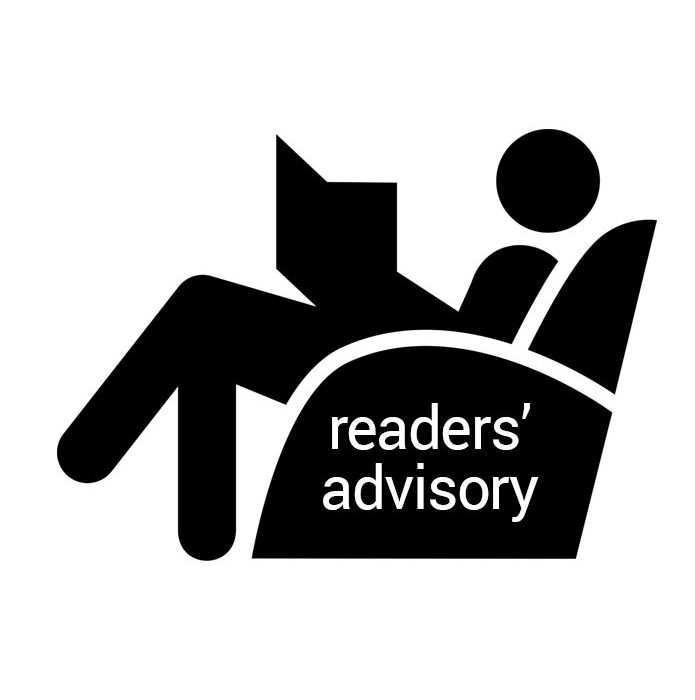It’s a new year and a great time for making reading resolutions. One form this resolution may take is to respond to a Reading Challenge. Taking this type of challenge can not only be fun, but also a great opportunity to change some of our entrenched reading habits.

Do-It-Yourself Readers’ Advisory: Empowering the User
One of the greatest strength of libraries is the ability to provide “personal touch” assistance. Indeed, the capacity to personalize service is what distinguishes us from our competitors. Face-to-face readers’ advisory is a service that our patrons particularly value.
We know, however, that only a small portion of our users come to the desk for reading suggestions. Moreover, a growing segment of the library population accesses our resources online so does not enter the building.
Yet readers everywhere face the same problem: finding a good book to read in the ever-widening sea of choices.
When providing readers’ advisory services, it can be easy to forget our remote and non-library users. Also consider those who live at a distance, do not have easy access to transportation, or have mobility impediments. Language can be a barrier to asking for reading suggestions, as can be age, sex, and ethnicity. Some people are simply hesitant to ask for any kind of help; others are shy by nature; some find libraries and reference desks intimidating; many do not know how to articulate their ideas; others are unaware of the service; and some are independent and self-directed.
The same people who do not want help in stores, or do not ask for assistance when lost, may prefer to select their own books. We can extend our readers’ advisory reach and expand our face-to-face success by promoting do-it-yourself reading selection.
Studies by The Pew Internet and American Life Project highlight the importance of virtual services for readers. Forty-two percent of American adults now own a tablet, and from 2011 to 2013, smartphone ownership increased by 21 percent (Zickuhr & Rainie, 2014; Smith, 2013). Clearly mobile devices have penetrated the market, providing our users with anywhere, anytime access to our website and digital resources. Also significant is the finding that many users welcome the idea of increased use of technology in libraries – services such as apps-based access to library resources and programs, online book-recommend services, and technology petting zoos (Zickuhr, Rainie & Purcell, 2013a).
The time is right for promoting our online RA selection tools.
Databases such as NoveList and What Do I Read Next are a natural fit for both our e-book readers and our remote book selectors. Users can easily teach themselves how to use these user-friendly tools. However, they are often buried in a long list of databases. Featuring them frequently, or even permanently, on the homepage in a prominent space such as a news slider can raise user awareness of their existence. Promoting RA apps, and creating a link to the RA website Whichbook on the homepage also provides useful self-serve tools for our readers. Once they know how to select books themselves, they can do so at any time from any Internet-enabled location.
According to Pew, youth between the ages of 16 and 29 report the strongest interest in a wider selection of library ebooks and increased digital access to resources through apps. (Zickuhr, Rainie & Purcell, 2013b). Do-it-yourself RA is perfectly suited to this segment of the library population. The later teens and twenties can be a time of waning interest in reading and libraries. Promoting self-serve tools to this sector can rekindle interest in reading and extend the library’s population of readers.
Seventy-three percent of patrons report using the library to browse shelves for books or media, an activity that outranks all other uses of the library (Zickuhr, Rainie & Purcell, 2013a). With our growing number of remote users, online browsability is essential. Library websites that feature scrolling digital displays of books, and catalogues that include reader reviews, star ratings, professional reviews, and author information assist readers in making informed book choices.
Inside our libraries, tried-and-true RA services such as book displays, booklists, and read-alike bookmarks help funnel choices and make the selection process less onerous for readers. Libraries also rely on RA print tools such as ALA’s Readers Advisory Guides, Library Unlimited’s Genreflecting series, or its Read On books. But often these tools are hidden behind a desk or buried on a shelf. Many libraries buy only a select number of them. A permanent display of a large number of these books would be welcomed by readers.
Making these guides a priority in the resource budget would be well worth the money.
By making it easy for both our in-house and remote readers to self-serve, we can attract new readers and potential library users. Providing them with the tools to help themselves and making these tools readily available extends our reach to users who do not come to the desk. It also empowers them to make successful choices. In the (RA adapted) words of an old saying:
“Give a reader a good book and you feed her for a day; teach a reader how to find a good book and you feed her for a lifetime.”
References
Smith, A. (2013). Smartphone ownership 2013. Pew Internet & American Life Project.
Zickuhr, K. & Rainie, L. (2014). Tablet and E-reader Ownership. Pew Internet & American Life Project.
Zickuhr, K., Rainie, L., & Purcell, K. (2013a). Library services in the digital age. Pew Internet & American Life Project.
Zickuhr, K., Rainie, L., & Purcell, K. (2013b). Younger Americans’ library habits and expectations. Pew Internet & American Life Project.
Pauline Dewan is a Laurier/Nipissing liaison librarian at the Brantford campus. She has a PhD in English, a passion for reading, and a love of children’s literature. She is the author of The House as Setting, Symbol and Structural Motif in Children’s Literature and The Art of Place in Literature for Children and Young Adults: How Locale Shapes a Story.
